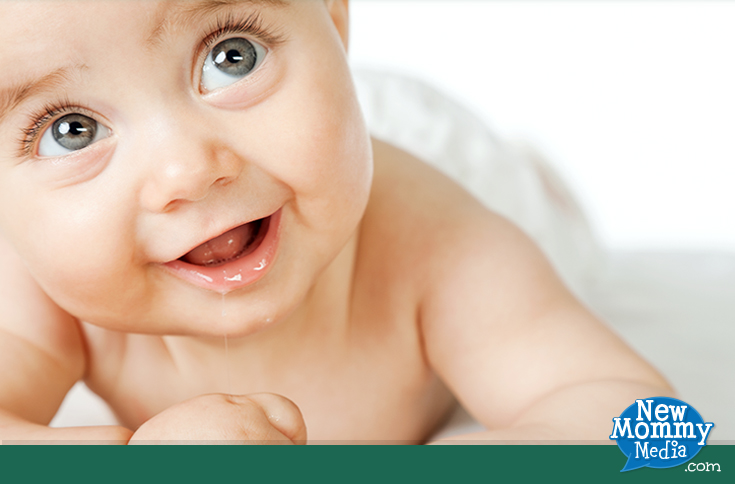Common Cloth Diaper Mistakes
In this article:
- What are the benefits of cloth diapers vs. disposables?
- What are the main types of cloth diapers?
- What are the top 10 cloth diaper mistakes that new moms make?

There are many benefits to using cloth diapers over disposables, but if you’re confused about the process, you’re not alone. Cloth diapering educator Amy Kessler gives us the run down on why cloth is best and how to avoid common mistakes.
What are the benefits of cloth diapers vs. disposables?
- Reduces impact on the environment
- Reduces child’s exposure to chemicals
- On average, cloth diapered babies potty train as much as a year earlier
- Potentially less diaper rash
What are the main types of cloth diapers?
- All-in-ones: Includes an absorbent inner layer and water proof outer layer; just like a disposable diaper except it’s washable.
- Pocket diapers: A waterproof shell that is stuffed with inserts to create a variety of absorbency levels.
- Pre-folds: Your classic cloth diaper; usually includes three panels with a thick middle and two outer panels. Instead of using pins, parents can secure the diaper with a plastic device called a snappie. A separate plastic cover is necessary.
TIP: Expecting cloth diapers to look like disposables is a mistake. Cloth diapers do not change shape when wet, so are designed to put absorbency where it is needed. Want more information about cloth diapers? Listen to our episode or read our transcript!
What are the top 10 cloth diaper mistakes that new moms make?
- Not trying more than one style. Every baby’s body is shaped differently, so if you don’t try a couple of different styles to see what works best for your baby, then you might experience a lot of leaks.
- Not buying enough diapers. Kessler cautions against buying a large stash of one kind of diaper right at the beginning. Instead, she recommends buying a few different types and seeing what works best. On average, Kessler recommends having a total of 36-40 diapers on hand.
- Not changing cloth diapers enough. Regardless of what kind of diaper you use, you need to change your baby when they’re wet or soiled. Kessler suggests changing the diaper every 2-3 hours.
- Using synthetic materials. Natural fibers such as cotton are generally more absorbent than synthetic. Furthermore, natural fibers contain fewer chemicals and will potentially lead to less diaper rash.
- Not washing or drying cloth diapers properly. To launder your cloth stash, use as much detergent as you would to wash your clothes and use very hot water. Avoid all fabric softeners and bleach and try to line dry diapers in the sun if possible. Line drying will help minimize staining and can also reduce bacterial growth.
- Choosing the wrong size. Kessler cautions, “one size never fits all.” She recommends that new parents buy a few newborn or preemie size diapers for the first few weeks. She also says that if you’re getting a lot of leaks or blowouts, then you’re probably using a diaper that’s too small. Sometimes parents may want to use a larger size at night and a smaller size during the day (so it fits under clothes).
- Using the wrong diaper cream. As with the material of the diaper, you should try to stick with natural products since diaper creams can cause build up on cloth diapers. A thin layer of coconut oil, lanolin, or petroleum may work best. If you need to use a synthetic or special diaper cream, you can use a disposable liner in the cloth diaper.
- Not dumping poop out of the diaper soon enough. For hygienic reasons, you don’t want poop to sit in the diaper for an extended amount of time, so Kessler advises parents to use a diaper sprayer or scrape the poop into the toilet.
- Not being prepared for cloth diapering on the go. Kessler says that if you’re using pre-folds, you should insert them into the plastic cover and store it in the diaper bag that way. You want it to be as ready to go as possible. She also suggests having multiple wet bags, so if one is full of soiled diapers, you can have a clean one waiting for the next day.
- Having an all or nothing mindset. Remember that every diaper you keep out of the landfill matters. And any chemical exposure you can avoid is great. Some parents only cloth diaper at home and bring disposables when they’re on the go; do the best you can!